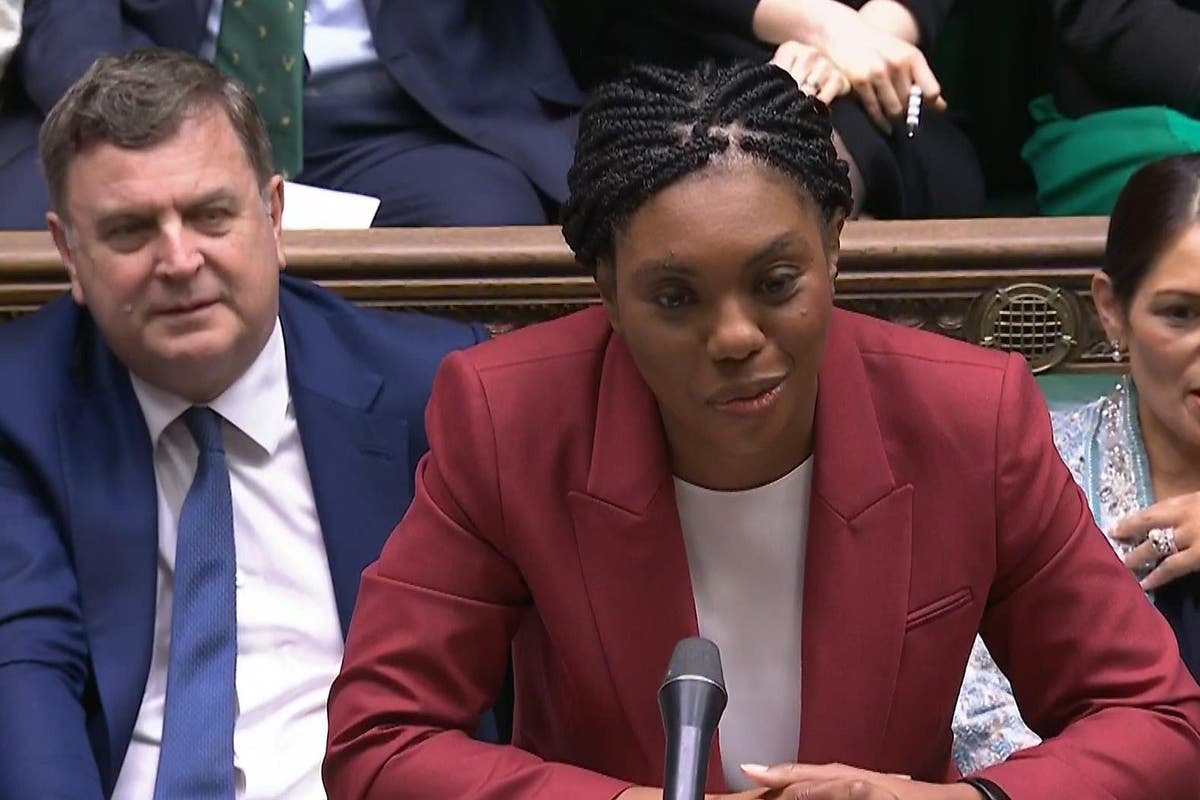
Illinois doesn’t have enough college students to go around, and college-going numbers in our state are almost certain to decline further. Total enrollment in Illinois has declined by more than 20% since 2014. Community college headcount has also plummeted, from 380,000 in 2010 to 265,000 this year.
This sharp drop results from: A declining Illinois population and not as many high school graduates. Fewer of these graduates are going on to college than in the past. Two decades (2000 to 2020) of declining funding for our state colleges, sharply reduced student financial aid and much higher tuition.
Flight of nearly half of all Illinois high school graduates to colleges out of state, apparently because of actual or perceived lower costs. Dramatic increases in remote, online learning. There simply aren’t enough students to fill the seats and dormitories at Illinois colleges and universities.
From World War II until recent years, higher education was a growth industry. Now it is contracting. The old college model of seats in a lecture hall at an ivied campus far from home is being challenged by a raft of online education platforms such as Zoom, Coursera and the colleges themselves.
Many learners are opting for the development of portfolios of micro-course credits and certificates earned in place of the four-, often five- or six-year, degree. Higher ed, it is a-changin’. Rapidly.
Ominously, the changes in Illinois have also resulted in a sharp decline in ranking of our overall higher education programs among those of other states. In 2000, the National Center for Public Policy and Higher Education declared that Illinois was best for quality and affordability among all the states. By 2024, however, using somewhat different criteria, U.
S. News & World Report ranked the Illinois system of higher education 38th in the nation, results dragged down by high tuition and student debt. A 2023 study for the state of Illinois by Discovery Partners Institute found that three factors affect college-going decisions: cost, quality and convenience.
Some of the apparent damage to Illinois higher ed can be corrected by making the cost of going to college easier for parents and students to bear. For example, in 2000, state grants for needy students tended to cover all public university tuition charges. In 2022, the average grant award covered less than 30% of public university tuition and fees and barely more than 20% for community college students, according to the Center for Tax and Budget Accountability, a Chicago think tank.
Unfortunately, state funding is in short supply. I predict there will be tax increases in Illinois in 2025, yet many claimants for new revenue stand higher in the political pecking order than higher ed. Related Articles Commentary | Editorial: The crisis at Western Illinois University and beyond Commentary | Lisa Castillo Richmond: Illinois legislators have the power to make higher education more affordable Commentary | Marie Lynn Miranda: Public higher education is essential to training our future workforce The needs include projected budget deficits; huge state pension liabilities; soaring costs for the 3 million-plus of our state’s residents who are on Medicaid; K-12 education; children and other social services; and local governments, including mass transit and the city of Chicago as well as its public schools.
Even with overwhelming Democratic majorities in Springfield and a political soulmate in the governor’s mansion, higher ed may not make the list. Prominent Democratic legislators, with the support of the Illinois Board of Higher Education, are proposing a $1.4 billion increase over a decade in the $3 billion higher education base for 2025.
(This base excludes pension payments, which are largely to cover legacy pension underfunding.) This new funding would go to support the old-fashioned model of higher ed, that is, to keep all our underused campuses afloat, even expand them, and all in a context of declining numbers of students. For its own sake, higher ed leaders need to embrace change, which is happening whether they like it or not.
Here are two thoughts, for starters: Repurpose several mostly empty Illinois campuses. For example, the shuttered Chanute Air Force Base in Rantoul has been transformed into Hope Meadows, which provides intergenerational housing for seniors and foster children, a win-win for all generations. Reconfigure Illinois Board of Higher Education appointments.
Higher education is a notoriously conservative institution. At present, most of the members represent higher education itself; that is, they are college presidents and staffers who are in effect overseeing themselves. When I was a state legislator in the 1970s, the board was led by captains of industry, who were focused on what society needed, not in propping up half-empty campuses.
Never before has the quality of all education been more important to the economic development of a state such as Illinois, where taxes are already higher than in many of the states with which Illinois competes for tech business in a post-manufacturing world. A former senior aide to three Illinois governors, Jim Nowlan has taught at Fudan University in Shanghai, Knox College and the University of Illinois at Urbana-Champaign, where for many years he was also a senior fellow at its Institute of Government and Public Affairs. He is co-author of “Illinois Politics: A Citizens’ Guide to Power, Politics and Government.
” Submit a letter, of no more than 400 words, to the editor here or email [email protected] ..












